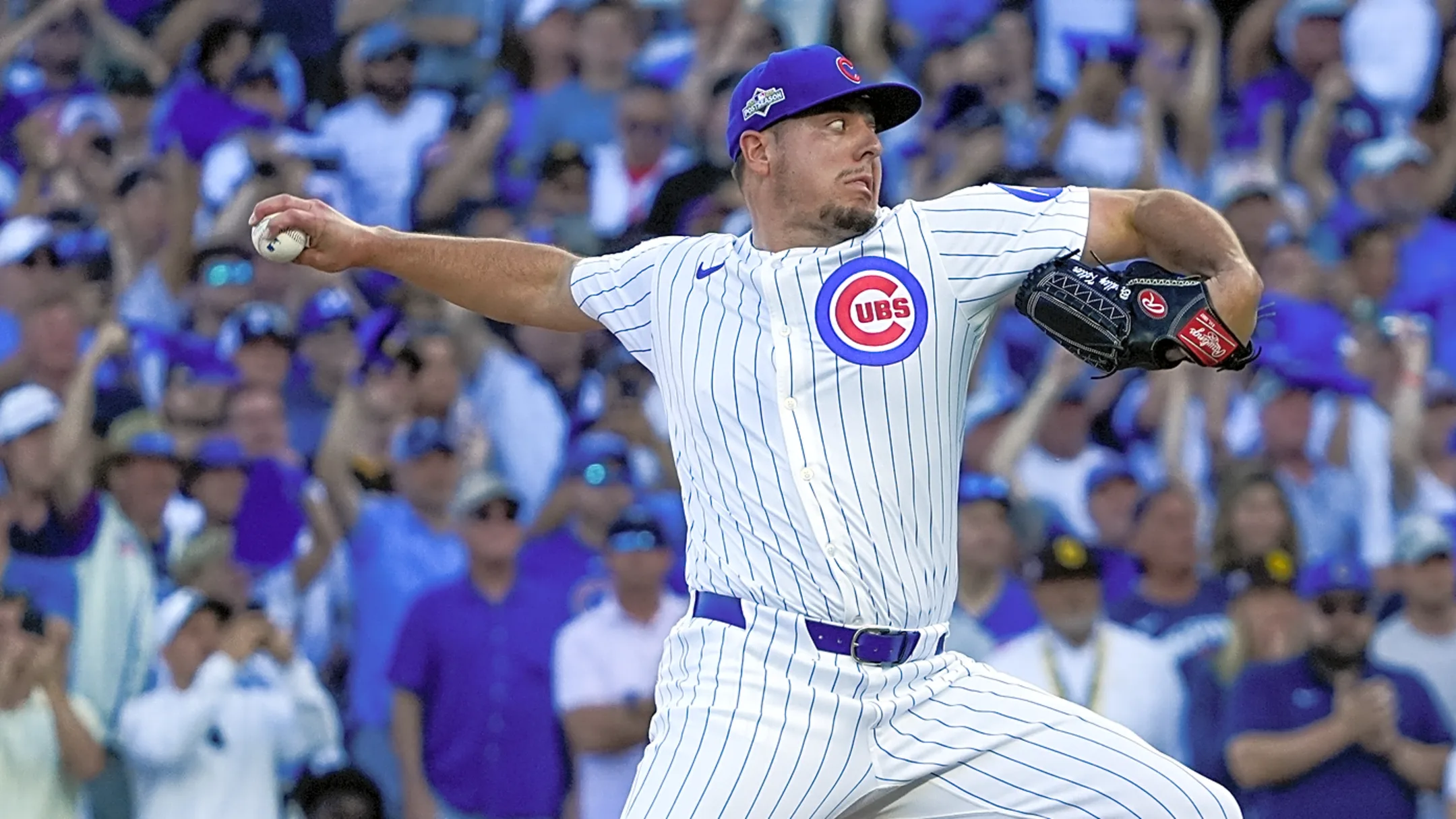By Adam Gretz,Yardbarker
Copyright yardbarker

You do not even really need the K-zone to see that pitch is off the plate and low. It should have been ball four and it should have a base-runner with nobody out.
That call would become even bigger when Cubs closer Brad Keller hit the next two Padres batters. Had Bogaerts received the walk he should have the Padres would have had the bases loaded with nobody out. While you can not assume everything would have played out the same way, there is a good chance the Padres could have at least given themselves to tie the game with the soft groundout from Jake Cronenworth and fly out to deep center from Freddy Fermin that followed.
MLB has tested the ABS system in spring training and the 2025 All-Star Game, and is bringing it to the regular season next season. It will give teams two challenges of ball-strike calls per game. If the Padres would have had a challenge in that at-bat, they would have a legitimate chance to tie the game, or perhaps even extend their season.
The addition of the K-zone to TV broadcasts, as well as the graphics on MLB.com and ESPN that highlight where pitches are located has put added pressure on umpires and also highlighted missed calls. Before all of that technology was in place an expanded or shrinking strike zone from a particular umpire was just seen as part of the game. Or at the very least, nobody could really easily tell the difference between balls and strikes.
Now that the technology is there (whether or not the K-Zones and Gamecasts are accurate) people want to see the calls made correctly. Missed calls, especially in big moments, anger both teams and fans. Starting next season there might be at least some relief to that. It is long overdue.



